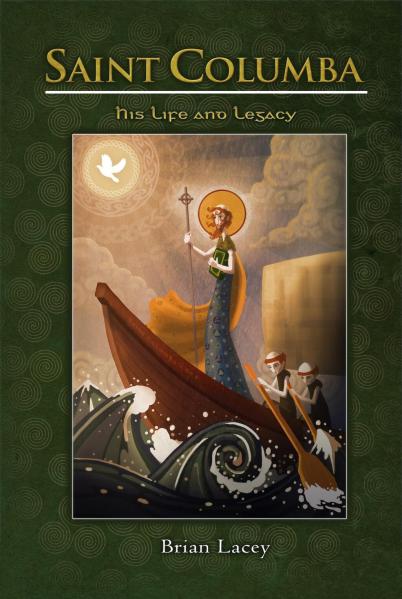Brian Lacey, Saint Columba: His Life & Legacy. Dublin: The Columba Press. June, 2013. ISBN: 9781-85607-879-5. 7 + 224 pp.
Introduction
There is hardly need to stress the historical importance of the figure & cult of St. Columba, long renowned as one of the three patron saints of Ireland who, alongside Brigid and Patrick, was elevated to such a position in the late seventh century AD. Like his co-patrons, his religious and cultural legacy continues to the present day. Brian Lacey, author of the latest book on the subject notes that of the three however, Columba offers us something almost unique. Patrick, whilst also a historical person nevertheless hailed from outside Ireland and the historical figure of Brigid, if there ever was a real person behind the myths and motifs remains out of reach in hazy obscurity. Columba (aka Colm Cille), the later of all three, offers us one of the earliest detectable insular Irish historical personages.


